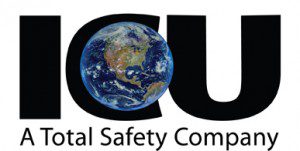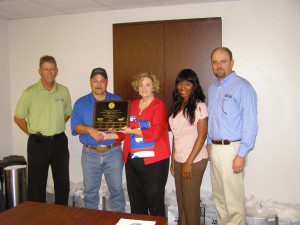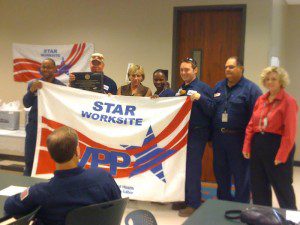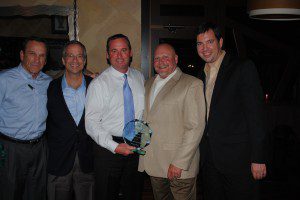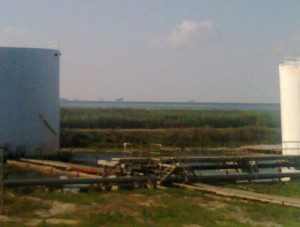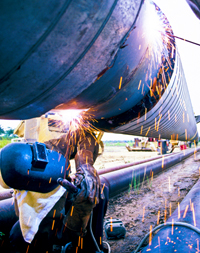 With the growing energy demand, midstream infrastructure is under great pressure to be delivered on time and within budget. Such pressure allows for the temptation of shortcuts to be taken or inadequate processes to be implemented in order to meet that demand.
With the growing energy demand, midstream infrastructure is under great pressure to be delivered on time and within budget. Such pressure allows for the temptation of shortcuts to be taken or inadequate processes to be implemented in order to meet that demand.
Having processes and controls in place specifically tailored for midstream operations, as opposed to relying on those used for upstream, will streamline projects and reduce costs overall.
Specialized Safety Personnel
Having a team of personnel experienced in midstream operations aids greatly in creating an environment of safety because the team is aware of what safety precautions should and need to be taken, and they will know how to respond in case of an injury or emergency.
Total Safety assigns safety consultants, field safety crews, medics and specialized safety staff to midstream projects, long- or short-term, with the goal of maintaining high standards of safety. With Total Safety’s Specialized Safety Personnel (SPP), the billing rates are more competitive than “craftsman” billing rates, and the number of multiple contractor employees is reduced by having a centralized pool of trained safety personnel that can be dispatched and assigned to all areas of the project, reducing the total man-hour costs of the project.
Fire Protection Engineering, Design and Installation
Fire monitoring and suppression systems are an integral part of any safety program, specifically in midstream operations, as the infrastructure is typically in a remote location, a good distance from any type of outside aide. Therefore, these systems are imperative to the safety of life, assets and the environment.
Total Safety specializes in fire protection services that include providing audits and design/engineering of water spray and foam systems, fire pumps, fire detection and alarm design packages for process units, and design and installation of fire protection systems, as well as the inspection testing and maintenance of those systems.
Industrial Hygiene
Potential occupational hazards may include exposures to acetone and alkylates, to benzene, butadiene, hydrogen sulfide and kerosene, depending on your operations. Exposures may be encountered during pipeline activities and by tanker, rail car, ship and barge operations.
A Work Place Exposure Assessment (WEA) is at the heart of any successful industrial hygiene program. Total Safety’s comprehensive WEAs take a fresh look at tasks, materials, exposure potential and controls through a systematic approach and associated process. It results in a clearly prioritized list of actions that help ensure the well being of workers. Along with reducing incidents, benefits include reduced liability, increased productivity and safety awareness, and conformance with regulations and industry standards.
Communications
Pipeline operators constantly monitor pipelines for up-to-date measurements and leak detection and stay in touch with maintenance personnel spread over wide-areas. Operators monitoring storage tanks situated at the end of a pipeline, as well as in refineries and chemical plants, must be able to communicate around-the-clock with key personnel.
Total Safety’s communications solutions are designed to increase safety by providing immediate communication in emergency situations and maximizing productivity by allowing workers to communicate quickly.
Our top-of-the-line communications equipment, available for rent or purchase, is ideal for remote locations. Our fleet includes everything from two-way radios to mobile Internet hotspots and is backed by in-house certified technicians who maintain and upgrade the equipment.
Safety Equipment, For Rent or Purchase
Essential to any industrial operation, safety equipment is designed to protect workers and the environment; however, from personal protective equipment (PPE) to high-tech gas monitors, safety equipment only works when it is being used properly, in compliance with the manufacturer and other regulating bodies’ guidelines.
Total Safety offers a complete line of industrial safety equipment for rent or purchase. In fact, they house the world’s largest rental fleet of equipment manufactured by leaders in the industry. In addition, Total Safety employs in-house certified technicians to repair and maintain Total Safety or customer-owned equipment.
Emergency Response
What if the unthinkable were to happen, and a leak were to occur in the pipeline? A proactive plan should be in place that addresses the necessary steps and procurement channels that should be in place to streamline recovery and get the systems back online.
With quick response time, seasoned personnel and an integrated menu of support services, Total Safety aids companies when disaster strikes. Their start-to-finish solutions are designed to deliver on the high number of customer requests and respond to the customer’s needs by providing two-way radios, fall protection, fire extinguishers, gas detection instruments, as well as the calibration and bump testing of the monitors, respiratory equipment, fit-testing, PPE resale and management, and, most importantly, safety training.
There are many aspects of a midstream project that need to work together to make the project not only successful, but safe. To overcome undesirable project outcomes, ensure that key materials, labor and contractor capabilities are planned for and that the right processes and internal control support are delivered.
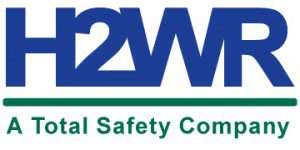 H2WR, A Total Safety Company (formerly Houston 2-Way Radio) is now at a new sales, rental and service office location:
H2WR, A Total Safety Company (formerly Houston 2-Way Radio) is now at a new sales, rental and service office location:


